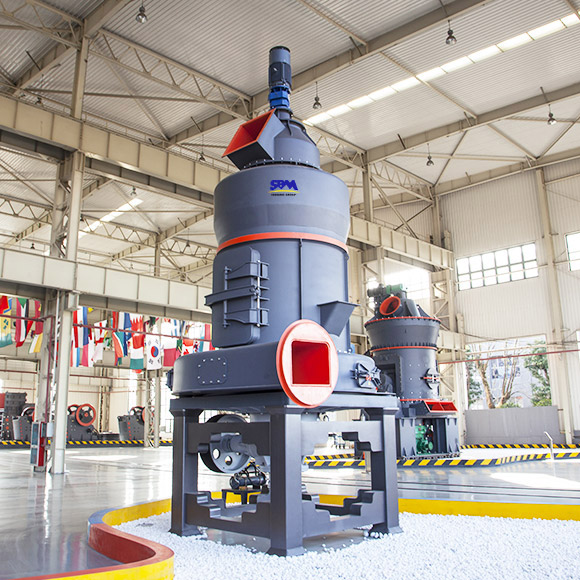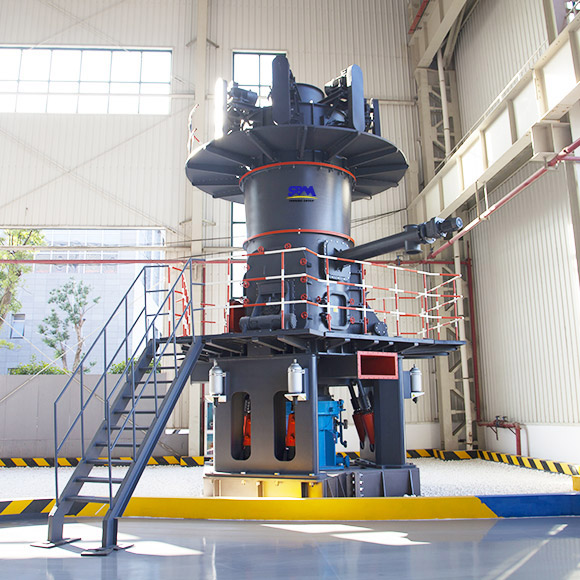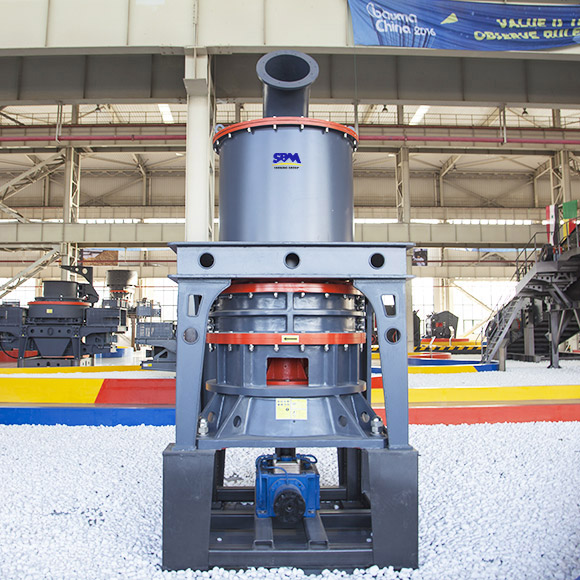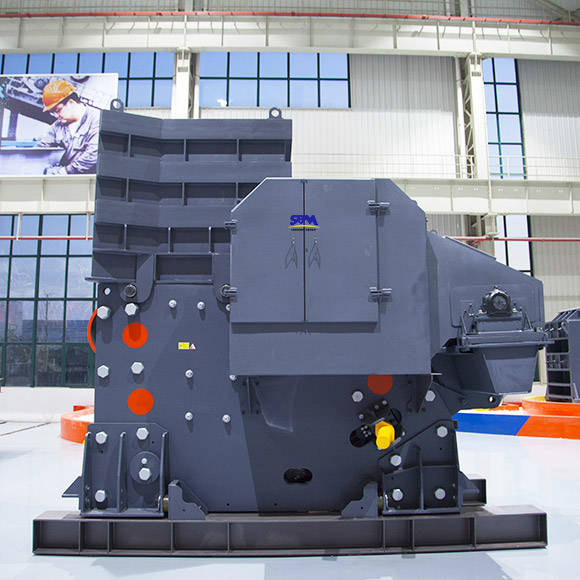
What is the purpose of a Dolomite grinding mill
A Dolomite grinding mill is a machine used to process dolomite, which is primarily composed of calcium carbonate and magnesium carbonate minerals. The main purpose of a Dolomite grinding mill is to grind dolomite into various powder sizes for a range of applications. Here are some of the key purposes of a Dolomite grinding mill:
1. Use in Various Industries: Dolomite powder finds application in industries such as ceramics, construction, glass production, chemical manufacturing, agriculture, environmental protection, and refractory materials.
2. Fertilizer Production: Dolomite powder can be used to produce calcium-magnesium phosphate fertilizers and prepare magnesium sulfate, which are essential in agriculture.
3. Glass and Ceramic Ingredients: It is used as an ingredient in the production of glass and ceramics, contributing to their composition and properties.
4. Flux for Refractory Materials: Dolomite powder acts as a flux for alkaline refractories, making it a crucial component in blast furnace iron making and other refractory applications.
5. Reforming Furnace Inner Layer: It can be used as the refractory inner layer in steelmaking reforming furnaces. Additionally, it has uses in the fertilizer, building, decoration stone, and paint industries.
Overall, a Dolomite grinding mill plays a vital role in processing dolomite for use in multiple industries and applications.

What are the types and specifications of Dolomite grinding mills
Dolomite can be ground into powder using various grinding mill machines, including Raymond mill, High-Pressure Grinding mill, and Three-Ring Micro Powder grinding mill. Each of these machines has specific specifications and characteristics:
Raymond mill: Raymond mill is a traditional grinding mill machine known for its versatility. It can be used to grind more than 300 types of materials into powder sizes ranging from 30 to 325 meshes. The capacity of Raymond mill varies from 0.15 tons per hour to 9 tons per hour. Despite being an older style mill, it offers features like a large grinding ratio, adjustable output size, and fine final size.
High-Pressure Grinding Mill: This mill is an improvement over the basic design of the Raymond mill and offers several advantages. It provides a larger grinding ratio, greater capacity, finer output size, lower energy consumption, and more uniform powder size. High-Pressure Grinding Mill can reach a capacity of up to 22 tons per hour, making it the highest capacity option among the three grinding mill machines.
Three-Ring Micro Powder grinding mill: This mill is designed for grinding superfine output, such as powders with a fineness of 2500 meshes. However, its capacity is relatively smaller compared to Raymond mill and High-Pressure Grinding Mill.
These different types of Dolomite grinding mills cater to various needs, allowing you to choose the one that best fits your specific requirements.

What are the primary applications of Dolomite in various industries
Dolomite, a carbonate mineral composed mainly of calcium and magnesium carbonate, has a wide range of applications in various industries. Some of the primary applications of Dolomite are:
1. Construction: Dolomite is used in the construction industry as a building material and as an aggregate in concrete and asphalt production. It helps improve the strength and durability of construction materials.
2. Ceramics: In the ceramics industry, Dolomite is utilized to produce ceramic products such as tiles, bricks, and pottery. It can enhance the properties of ceramics, making them more resistant to heat and wear.
3. Glass Production: Dolomite is a key ingredient in the manufacturing of high-grade glassware, medical bottles, and optical glass. It contributes to the clarity and quality of glass products.
4. Chemical Industry: Dolomite finds applications in the chemical industry for the production of various chemicals and compounds. It is used in the preparation of magnesium sulfate and other chemical products.
5. Agriculture: Dolomite is used in agriculture as a source of calcium and magnesium for soil amendment. It helps to correct soil acidity and provides essential nutrients to plants, promoting healthy crop growth.
6. Environmental Protection: Dolomite can be used in environmental protection applications, such as in the treatment of acidic wastewater and soil remediation to neutralize acidic conditions and reduce environmental impact.
7. Energy-Saving: In some applications, Dolomite is utilized to enhance energy-saving processes, particularly in the steelmaking and iron production industry where it serves as a flux for alkaline refractories.
8. Other Fields: Dolomite has additional uses in industries such as fertilizer production, building and decoration stone, and paint manufacturing. It can act as a filler and a white pigment in paint formulations.
Overall, Dolomite plays a versatile role in a range of industries due to its unique properties and suitability for various applications.

What is the process of obtaining Dolomite powder using a grinding mill
Obtaining Dolomite powder through a grinding mill involves several stages in the processing of dolomite ore. The key steps in the process are as follows:
1. Crushing Stage: Large pieces of dolomite ore are initially crushed by a crusher to achieve the desired fineness, typically ranging from 15 mm to 50 mm, making the material suitable for further processing in the grinding mill.
2. Grinding Stage: The crushed material that meets the specified conditions is then evenly fed into the grinding chamber of the Dolomite grinding mill. It enters the chamber through the feeding system and is ground into a fine powder within the mill cavity.
3. Classification Stage: The ground material passes through a classifier and the system's airflow for classification. Unqualified powder is returned to the grinding cavity of the main mill for regrinding, ensuring that only the desired particle sizes are collected.
4. Powder Collection Stage: The powder that meets the required fineness exits the mill and enters the powder collection system through the airflow. In this stage, the gas and powder are separated, and the finished powder is transported to a finished product silo by a conveying device. The final Dolomite powder can then be packaged using a powder tanker or an automatic packing machine.
This comprehensive process allows for the efficient and precise production of Dolomite powder, which can be used for various industrial applications.



















